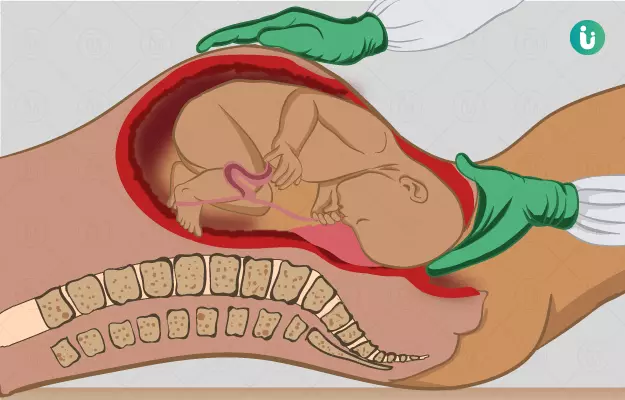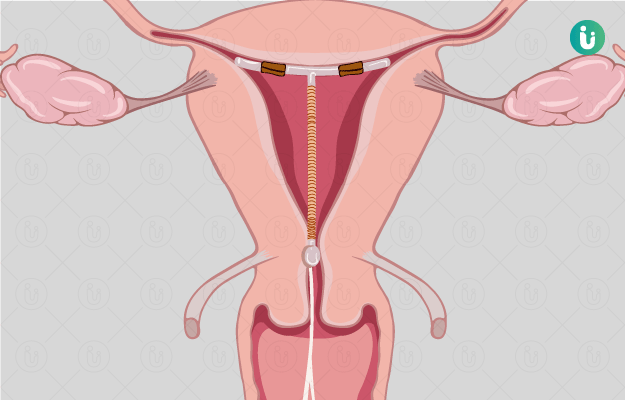The first stage of labour or normal delivery is usually quite long and consists of two stages, that is, early labour and active labour. Let’s try and understand them separately.
Early labour
This phase is usually the longest, continuing for a duration of 20 hours. It is particularly long for women who are giving birth for the very first time.
The foremost step in this stage is the opening of the cervix, which is the entry of the uterus. The cervix then starts to become thinner and subsequently opens wider and dilates.
The cervix dilates by 4 centimetres at this stage.
After this, contractions are experienced by women, which keep on becoming stronger. They last for about 30 seconds to a minute and are experienced every 5 to 20 minutes by the expecting mother. This is also accompanied by a clear or bloody discharge from the vagina.
What to do during this stage?
It is best to visit a nearby hospital at this stage. You may ask for help or assistance from a family member, your spouse or a friend, who would rescue you to the hospital.
You may experience an increased urge to urinate during this stage, which is also due to the release of clear discharge. Using a restroom before leaving home for the hospital may ensure a comfortable journey, especially if the hospital is located at a distance.
You may also need to pack a few items of emergency or urgent needs, which may be required by you during the journey or the hospital stay. It is essential to take care of these things before you leave your home.
Active labour
The second phase of the first stage is marked by contractions, which are often more intense than those experienced in the early labour. The most prominent symptom of this stage is that the contractions, which were experienced even earlier, tend to become prolonged. Contractions also possess a greater intensity and may even be accompanied by pain.
These contractions tend to be experienced more often in this stage, which implies that the duration between these contractions is reduced. As labour progresses, this duration is so diminished that the woman has no time to rest in between the contractions.
Due to these painful contractions, pressure or pain may also be felt in the lower back. Other than this, the cervix begins to dilate faster during this stage and expands to a size of 4 to 7 centimetres. The foetal movements may also begin.
What to do at this stage?
As already mentioned, you must rush to a nearby hospital. Other than that, it is important that you relax and allow your mind to be at peace. These painful contractions are a symptom of a normal delivery, which is experienced by all women prior to childbirth. It is not a matter of concern and is completely a physiological process, assisting in the gradual movements of the foetus out from your body.

































